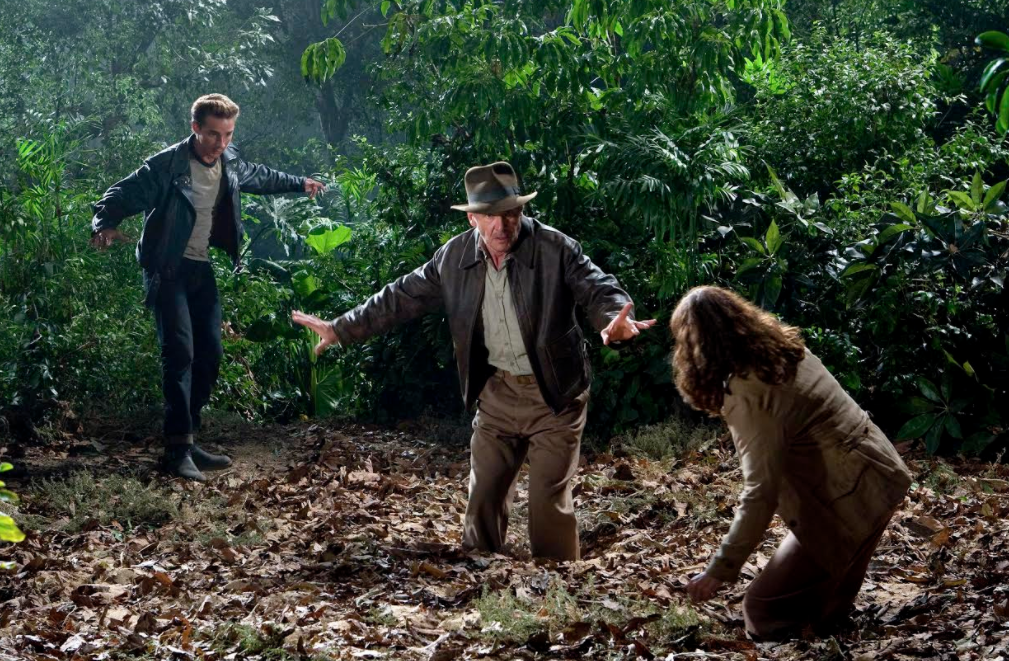

But you could not die from drowning in the mud, unless you’re wearing lead pants and a golden sweater. You will fall in and you can get stuck there, even for long if you’re in bad physical shape or you panic etc.

Sinking in quicksand is not a death trap, like portrayed in the old movies. Other dangers include attacks by wild animals, dehydration if you’re stuck for long, and other medical complications that happen while you are trapped and can’t find help. As you will find quicksand where there’s water, people get trapped and then they die from drowning. If you don’t get swallowed whole by it, being stuck can be very dangerous in some ways.Īpart from the very rare deaths in silos, and other places where there is light, dry, granular material, many casualties are caused by people being stuck in quicksand when the tide returns. That’s just not how it works.īut, there are still casualties caused by secondary effects from falling into quicksand. Because it’s not possible to be sucked down and drowned by it, like in the old movies. Well, I could say no, nobody ever dies directly from falling into quicksand.

Has anybody ever died as a result of sinking into quicksand? They lowered a huge cylinder over the entire body of the man, Then the sucked the grain out from the surrounding space with an industrial vacuum. They gave him oxygen, but as he just couldn’t expand his chest to inhale they had to try something else. At a certain time the pressure from the grain on his chest started to cause severe pain, and the rescue team feared that he would suffocate. With every breath his lungs emptied and he sunk a little. By the time the firefighters came he was already down to his armpits. In 2002 a man fell into a grain silo in Germany. It has never been found in nature, though.īut the quicksand-phenomena can occur in other, lighter granular materials… Like grain. This lightweight sand can swallow heavy objects. Dry sand is just sand, although scientists have succeeded in creating low density sand in laboratory environments. Remember that the biggest threat is exhaustion, not the suction.ĭry quicksand made out of sand shouldn’t really be a problem.This will increase your buoyancy as well as keep you calm. If you have a trekking pole, use it horizontally under your back when getting up to a floating position. Try to find a branch or something to hold on to.When your feet reach the surface, try to move very slowly to the “shore”. Try to lean backwards to a back-floating position.It’s possible that you could reach the solid ground from where you came, if you weren’t walking too fast when you fell in. If you can, take off your shoes, your jacket etc. For every inch you move upward, let the sand fill the space underneath. If you’re in deeper than your knees, you can’t walk out, so just forget that, and do the following.It is practically impossible to sink lower than to half your body, about your waist-line. A sand/water mix in quicksand, on the other hand, has a density of around 2 kilogram / liter. Water has a density of about 1 kilogram / liter. The reason for this is that even though it’s much more dense than water, it still follows the laws of nature. Not under normal conditions, and not the so called wet quicksand. Can sinking in quicksand swallow you whole? Instead you should try riverbanks, marshes, and areas close to lakes and the sea. As water is a necessary ingredient, deserts probably do not host any quicksand. In the old movies, quicksand was sometimes found in the desert. The saturated sediment that forms the surface will suddenly break and you will fall in. On top, it will appear solid, and you won’t know what it is until you’ve put your weight on it with your foot. In some cases the material, usually sand or clay mixes with the water and creates a kind of porridge. But sometimes, a pocket of water without drainage can form, or there can be streaming water under the surface, sideways or upwards. Under normal conditions rainwater or sea water will sink through the soil to the ground water level. Most common is still quicksand made by sand, slit or clay, mainly because that’s what you would find in nature. Any granular material can in theory form some sort of quicksand-ish substance. But what is the truth about all that? What is quicksand and how does it form?įirst of all, it’s not only sand.


 0 kommentar(er)
0 kommentar(er)
